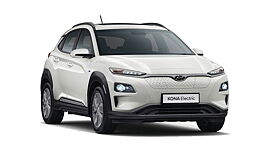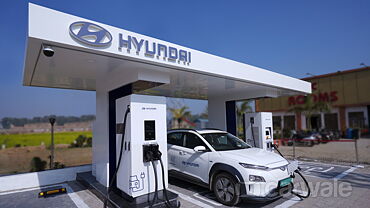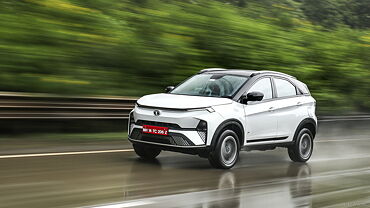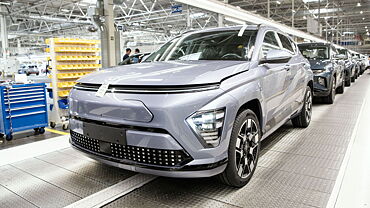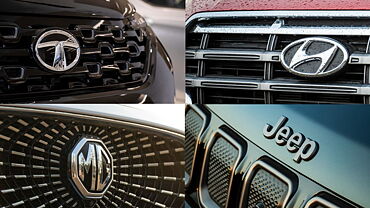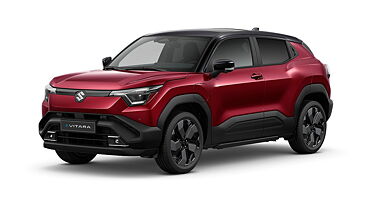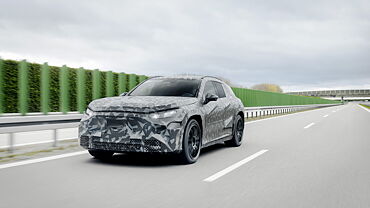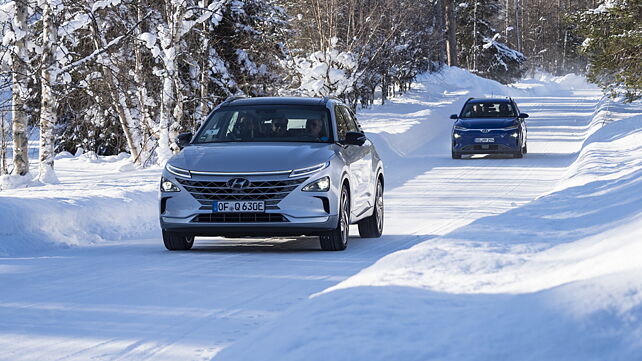
As the world moves towards developing electric cars, Hyundai has taken things one step ahead by subjecting its latest electrified vehicles in extreme sub-zero conditions. The all-new Kona electric and the NEXO fuel cell electric vehicle (FCEV) spearheaded the company’s winter test. Hyundai further claims that the rigorous testing has ensured winter-proved operation of the company’s electrified vehicles in temperatures as low as -35°C.
Extreme cold affects functioning of electrified vehicles, such as the ability to start the vehicle, manage thermal control of the electric powertrain, heating and ventilation and maximize the drive range. Hyundai claims that the previous generations of FCEV faced a significant technical challenge to be started in temperatures between -10°~-20° C. To address the issue, Hyundai engineers have reportedly designed a new component that heats up the fuel cell stack of the NEXO in sub-zero conditions. The new thermal management strategy has enabled the NEXO to be started at -30° C, which is reportedly on par with any other type of internal combustion engine powered vehicles.

Ice formation within the fuel cell stack once the FCEV is turned off, is a common problem. The company has addressed the issue by utilising a blower system attached to the fuel cell stack, when it is turned off, the Hyundai NEXO removes water before it freezes. The key objective of the winter test for a battery electric vehicle is to achieve the most efficient usage of electricity. Hyundai’s first dedicated hydrogen-powered SUV, the Hyundai NEXO boasts of the best range within the fuel cell and EV car segments, delivering an estimated 800 km from a single charge (under NEDC testing).
In an effort to maximise the drive range, the Kona electric incorporates clever engineering solutions to minimize electricity used for heating, ventilation and air-conditioning (HVAC). The HVAC technology is defined by a highly efficient new heat pump, smart air intake control, individual ventilation (for driver only) and a pre-conditioning ventilation system. The Kona Electric’s heat pump system harnesses wasted heat emitted by electrical components and recycles it to increase the efficiency of the heating and ventilation systems. Due to minimized electricity consumption from the battery, the heat pump contributes to the overall driving range of the Kona Electric in winter.
The smart air intake control system in the electric Kona completely shuts off heating and ventilation to the foot-well and dashboard ventilation on the passenger side when driving alone. The system is activated by a ‘driver only’ button on the dashboard. When plugged in, the pre-conditioning ventilation system allows the Kona Electric to be pre-heated, utilizing electricity from the grid before the car is driven. Moreover, customers can schedule to pre-heat or pre-cool the cabin of their vehicles before driving. The Kona electric will be offered with two different battery capacity options - 64 kWh battery pack (482kms range) and 39.2 kWh battery pack (312kms range).

